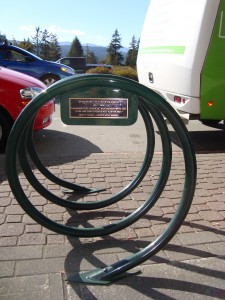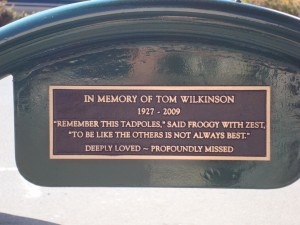The Times Colonist is running a series of articles called Outlook 2010, covering a vast variety of issues around Victoria. Two today caught my eye:
- The latest piece on the Victoria Regional Rapid Transit project. Not much new here that I haven’t spoken about before, although it is nice to here the CEO of BC Transit saying things like this:
- Also in the transportation vein is this article about raising the number of bicyclists in the city. The GVCC’s new goal of 20 by 20 is a good one, but it won’t happen if developers keep leaving holes in the ground after taking out bike lanes (Goldstream News).
We think that in order for downtown to be a smart, livable downtown, it needs to be more people-oriented than it is car-oriented
In other news, everybody’s favourite forestry company property developer Western Forest Products is off selling land again (Times Colonist), this time in the north Island area. This as the CRD has now drafting a new bylaw governing the Juan de Fuca lands that include those WFP is trying to develop.
What really gets me about these removals from the Tree Farm Licenses is that are an explicit violation of the social contract that timber companies signed up to when they took on the TFLs. In return for access to Crown lands for forestry, the companies had to operate local sawmills and manage their private lands “sustainably”. Guess the second two parts of that agreement have kind of been forgotten, as the Times Colonist article says,
Cash-strapped WFP wants to concentrate its forestry operations on Crown land and needs capital to renovate its mills.
This kind of bait and switch isn’t exactly new, as the Dogwood Initiative points when looking at the Dunsmuir land grant for the E&N.
In a slightly better note, they have discovered a use for broom: biomass fuel (Goldstream News Gazette). While that broom is going to other places, I wonder if enough broom could be pulled out of some of the other parks in the region to feed Dockside Green’s biomass plant. As far as I know, they are still looking for biomass to burn, a task made harder by the lack of sawdust and wood chips from the shutdown of many of the mills on Vancouver Island.




